Looking for the Best winter destinations in Japan? This easy guide pulls together snow festivals, ski towns, and hot-spring villages so you can plan with confidence. Every section includes a short answer box and links to Japanese official sources for schedules, tickets, and safety notices. You will also find an example multi-day route that balances city lights with mountain silence, plus simple English phrases for on-the-ground use.
1. Why choose winter in Japan right now?
2. How can you get around efficiently?
3. What are the top winter highlights?
4. Where should you eat and stay?
5. What route works as a model itinerary?
6. What are the next steps before you go?
Winter in Japan is not only about deep powder. It’s also about lantern-lit streets in heritage villages, steaming open-air baths, and comfort food from hot pots to Hokkaido crab. To help you decide fast, we highlight only the numbers you need—time, price, and distance—and point you to first-party sources. For broad inspiration and seasonal safety, start with JNTO (Official website (Japanese)).
1. Why choose winter in Japan right now?
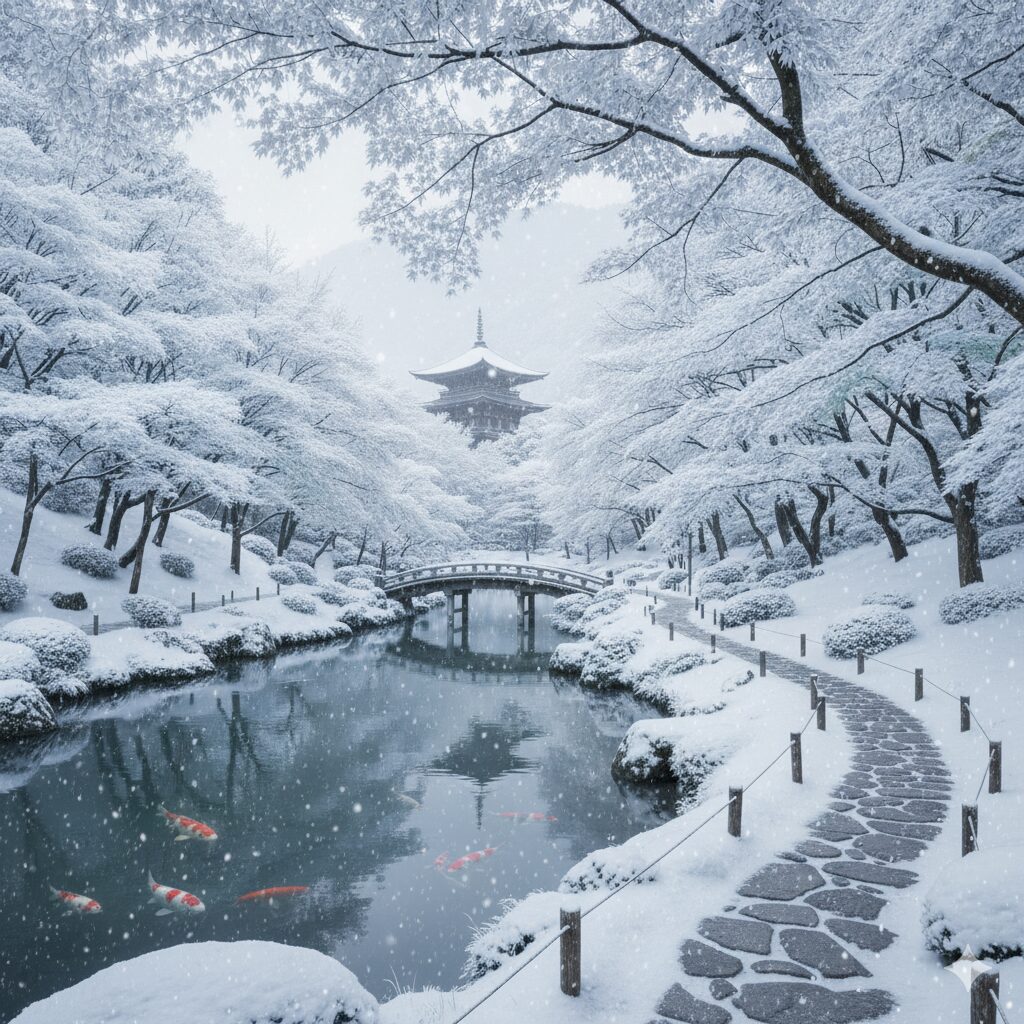
1-1 The basics at a glance
Northern Japan (Hokkaido, Tohoku) gets consistent powder, while central Honshu (Nagano, Niigata) offers big resorts close to Tokyo. Cities like Sapporo host major events such as the Snow Festival (Official website (Japanese)), and heritage villages like Shirakawa-go glow with winter light-ups (Official website (Japanese)).
1-2 Weather and safety
Expect Hokkaido daytime highs around -5 to 0°C and inland Honshu around -2 to 8°C. Check forecasts and any advisories from the Japan Meteorological Agency (Official website (Japanese)) before alpine or driving days.
1-3 Best timing by experience
Early January brings fresh snow and quieter streets after New Year’s. Early February peaks with major festivals. Late February to March softens conditions—great for hot-spring hopping with longer daylight.
Table 1: Seasonal Calendar (Best Season & Crowds)
| Experience | Best window | Notes (JP Official Links) |
|---|---|---|
| Sapporo Snow Festival | Early February (1 week) | Dates & maps: Official website (Japanese) |
| Ski powder (Hokkaido/Nagano) | Jan–Feb | Resorts: Niseko (Official website (Japanese)), Hakuba (Official website (Japanese)) |
| Snow Monkeys (Nagano) | Jan–Feb (snowiest look) | Park info: Official website (Japanese) |
| Shirakawa-go Light-up | Selected Jan–Feb nights | Schedule: Official website (Japanese) |
| Zao “Ice Monsters” | Late Jan–Feb | Ropeway & night view: Official website (Japanese) |
* Dates vary by year and weather. Always confirm on each Official website.
2. How can you get around efficiently?
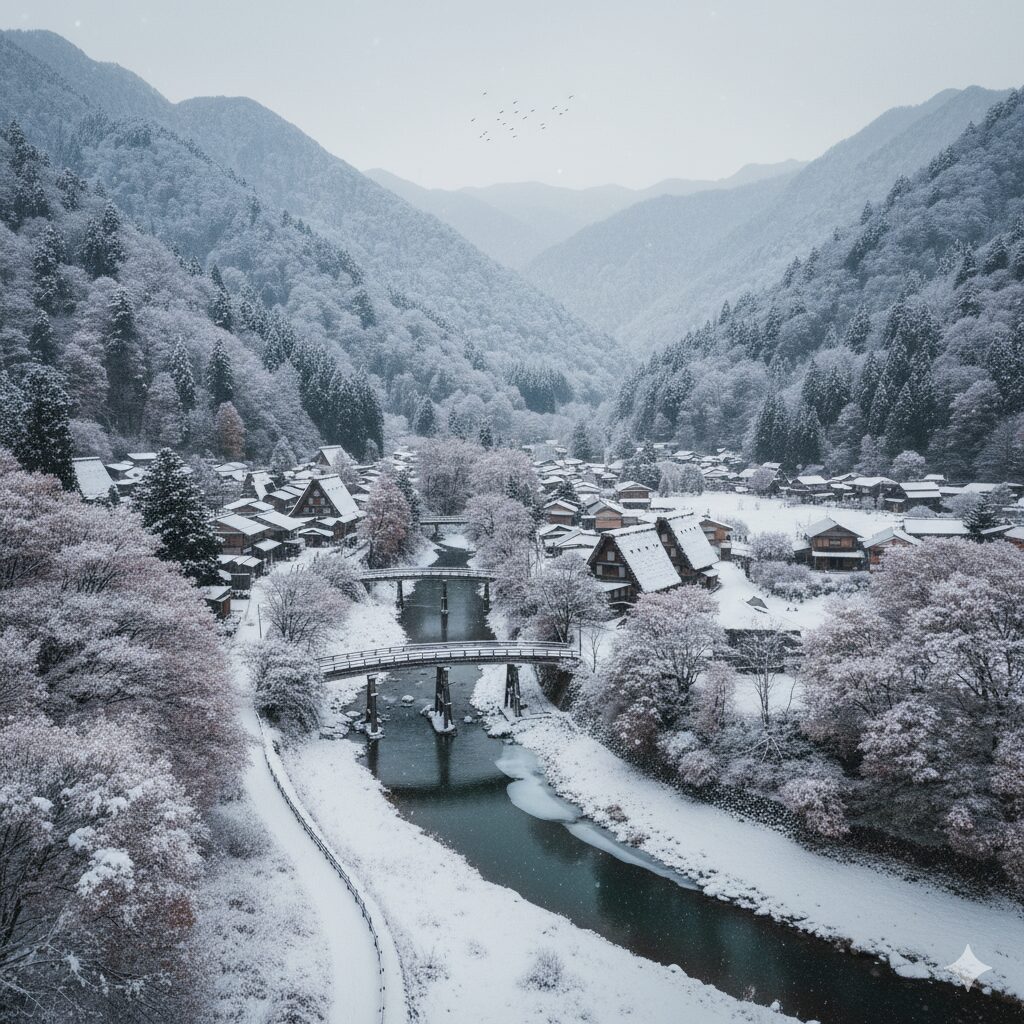
2-1 Flights to Hokkaido (CTS)
From Tokyo (HND/NRT) to New Chitose Airport (CTS), typical nonstop time is ~1 hr 40 min. Check carriers for winter schedules: ANA (Official website (Japanese)), JAL (Official website (Japanese)), and airport info (Official website (Japanese)).
2-2 Shinkansen to snow bases
Tokyo → Nagano on the Hokuriku Shinkansen takes ~80–90 min (JR East: Official website (Japanese)). Tokyo → Kanazawa is ~2.5–3 hours (JR West: Official website (Japanese)).
2-3 Local transfers and IC cards
Resort shuttles and regional buses connect stations to slopes and villages. Example: Sapporo ↔ Niseko by bus ~2.5–3 hours (check Niseko resort pages: Official website (Japanese)). Keep an IC card (Suica/Kitaca) for city rides; top-ups are simple at JR stations (Official website (Japanese) / Official website (Japanese)).
Table 2: Access & Time Summary
| Route | Time / Distance | Details (JP Official Links) |
|---|---|---|
| Tokyo (HND/NRT) → Sapporo (CTS) | ~1 hr 40 min flight / ~820 km | Airlines: ANA (Official website (Japanese)), JAL (Official website (Japanese)), Airport (Official website (Japanese)) |
| Tokyo → Nagano (Hokuriku Shinkansen) | ~80–90 min / ~222 km | JR East timetable: Official website (Japanese) |
| Tokyo → Kanazawa (Hokuriku Shinkansen) | ~2.5–3 hours / ~450 km | JR West route info: Official website (Japanese) |
| Sapporo ↔ Niseko (bus/car) | ~2.5–3 hours / ~110–120 km | Resort access: Official website (Japanese) |
* Times are typical examples and can vary with weather. Check the Official websites before travel.
3. What are the top winter highlights?
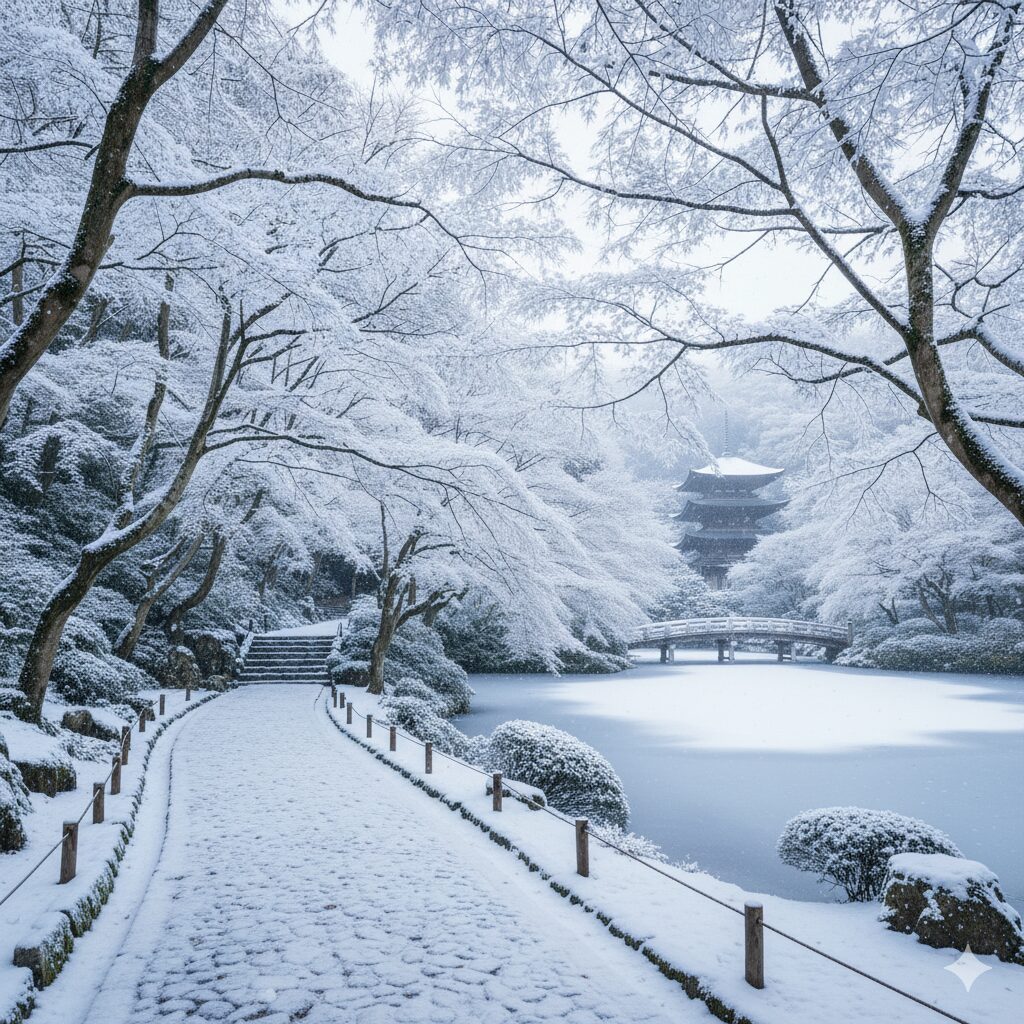
3-1 Sapporo Snow Festival (Hokkaido)
Giant sculptures, projection mapping, and food stalls line central Sapporo in early February. Entry is typically free; check venue maps and crowd guidance on the festival site (Official website (Japanese)).
3-2 Snow Monkeys (Jigokudani, Nagano)
In winter, the walk to the park can be snowy and slippery; allow ~40 min each way on the forest trail. Park info and any trail cautions: Official website (Japanese).
3-3 Zao “Ice Monsters” & Shirakawa-go Light-ups
At Zao Onsen, rime-covered trees glow during night tours via ropeway (Official website (Japanese)). In Shirakawa-go, selected nights see the gassho-style farmhouses illuminated—reservations are often required (Official website (Japanese)).
4. Where should you eat and stay?
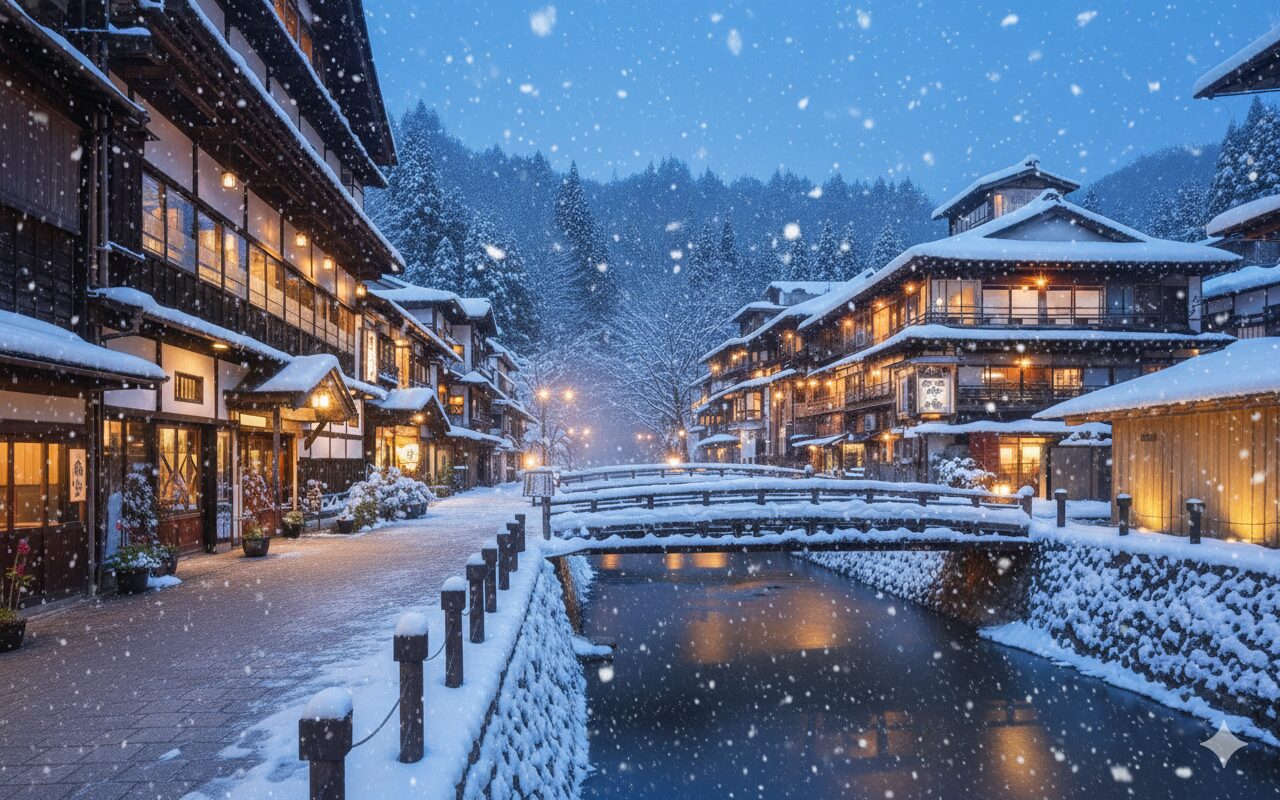
4-1 Onsen ryokan basics
Many ryokan offer half-board (dinner & breakfast). Day-use bathing is common; typical fees range ¥500–¥1,500 per person (check each town’s listing; example: Kusatsu Onsen Official website (Japanese)).
4-2 Winter food to try
Hokkaido crab, soup curry, and jingisukan (grilled lamb); Nagano’s hot-pot styles and hearty soba; Tohoku’s oyster and seafood hot pots. Regional tourism offices list seasonal events and food fairs (e.g., Hokkaido Official website (Japanese)).
4-3 Booking tips for peak weekends
For February weekends in ski areas, secure rooms 4–8 weeks ahead; for festival nights, try 8–12 weeks if possible. Always verify cancellation terms on the property’s official page.
Table 3: Budget & Ticket Prices (Indicative)
| Item | Typical cost | Notes (JP Official Links) |
|---|---|---|
| Sapporo Snow Festival entry | Free | Maps/venues: Official website (Japanese) |
| Niseko 1-day lift pass (adult) | ¥8,000–¥10,000 (resort & period vary) | Details: Official website (Japanese) |
| Zao Ropeway round-trip | ~¥3,000–¥3,500 | Fares & night tours: Official website (Japanese) |
| Snow Monkey Park entry (adult) | ~¥800–¥1,000 | Tickets & trail info: Official website (Japanese) |
| Onsen day-use bath | ¥500–¥1,500 | Examples in towns like Kusatsu: Official website (Japanese) |
* Prices vary by date and operator; always confirm on each Official website. ※参考情報(editor’s note)
5. What route works as a model itinerary?
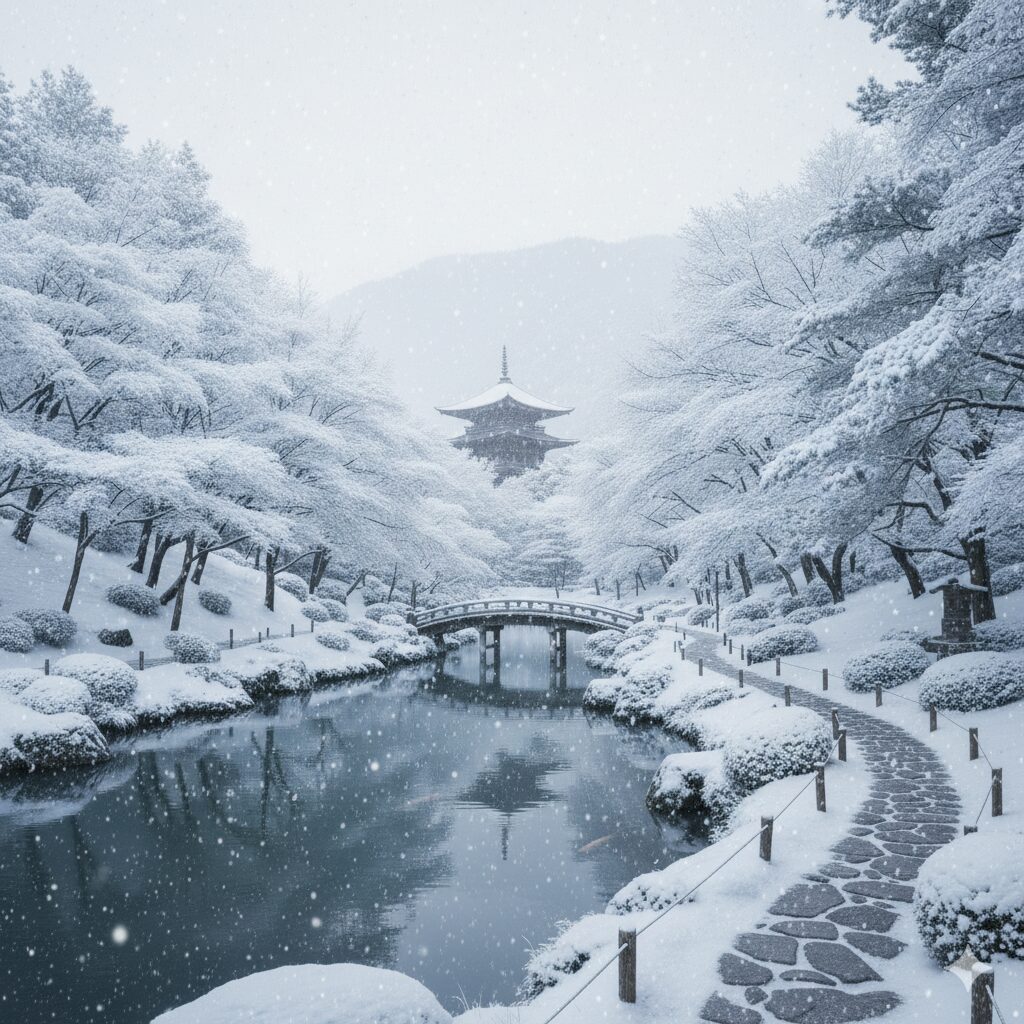
Table 4: Model Itinerary (7 Days, Winter)
| Time | Activity | Details (JP Official Links) |
|---|---|---|
| Day 1 (AM → PM) | Fly Tokyo → Sapporo | Flight ~1 hr 40 min (ANA Official website (Japanese), JAL Official website (Japanese)) |
| Day 2 | Sapporo Snow Festival & local food | Maps/events: Official website (Japanese) |
| Day 3 | Ski day in Niseko (bus ~2.5–3 h) | Resort info: Official website (Japanese) |
| Day 4 (AM) | Fly CTS → Tokyo → Shinkansen to Nagano | JR East times ~80–90 min: Official website (Japanese) |
| Day 4 (PM) | Onsen ryokan night (Nagano) | Regional travel info: Official website (Japanese) |
| Day 5 | Snow Monkey Park (trail ~40 min) | Park & access: Official website (Japanese) |
| Day 6 | Kanazawa → Shirakawa-go (bus ~75–90 min) | Village info: Official website (Japanese)/Bus: Nohi (Official website (Japanese)) |
| Day 7 | Return to Tokyo (Shinkansen ~2.5–3 h from Kanazawa) | JR West route: Official website (Japanese) |
* Times are examples. Check the Official websites for updates and weather advisories.
5-1 Who is this for?
This route fits first-timers who want a taste of Hokkaido powder, a signature festival, wildlife, and a heritage village—all in one week.
5-2 Transport notes
Keep transfers per day under 3 hours where possible. Book festival-week hotels early and keep an eye on snowy road conditions (air/rail official pages above).
5-3 Alternatives and add-ons
Swap Niseko for Hakuba if you prefer basing near Tokyo (Official website (Japanese)). Or replace Shirakawa-go with Zao Onsen’s night snow-monster tour (Official website (Japanese)).
6. What are the next steps before you go?

6-1 Booking windows & checklists
Flights: 6–12 weeks ahead for Feb weekends. Ski hotels: 4–8 weeks. Festival nights: 8–12 weeks. Confirm cancellation policies, snow tires (if driving), and cash for rural buses.
6-2 Useful phrases (Plain English → Japanese)
“Where is the bus stop to the ski resort?” → 「スキー場行きのバス停はどこですか?」
“Is the trail open today?” → 「今日は遊歩道は開いていますか?」
“One day lift ticket, please.” → 「リフト1日券をください。」
6-3 FAQ — quick answers
Q1. When is the Sapporo Snow Festival?
A. Usually early February; confirm dates on the festival’s page (Official website (Japanese)).
Q2. How long is the walk to the Snow Monkey Park?
A. About 40 minutes in winter conditions; check any trail notices (Official website (Japanese)).
Q3. Are Shirakawa-go light-ups ticketed?
A. Some dates require advance reservations; confirm on the village site (Official website (Japanese)).
Recommended next reads on Japan Travel:
- Tokyo 3-Day Itinerary (First-Timer’s Route)
- Hokkaido Winter Guide: Powder, Food, and Onsen
- Japan Rail Basics: Shinkansen & IC Cards
Need a custom winter route? Contact us and we’ll help you optimize travel time and budget.